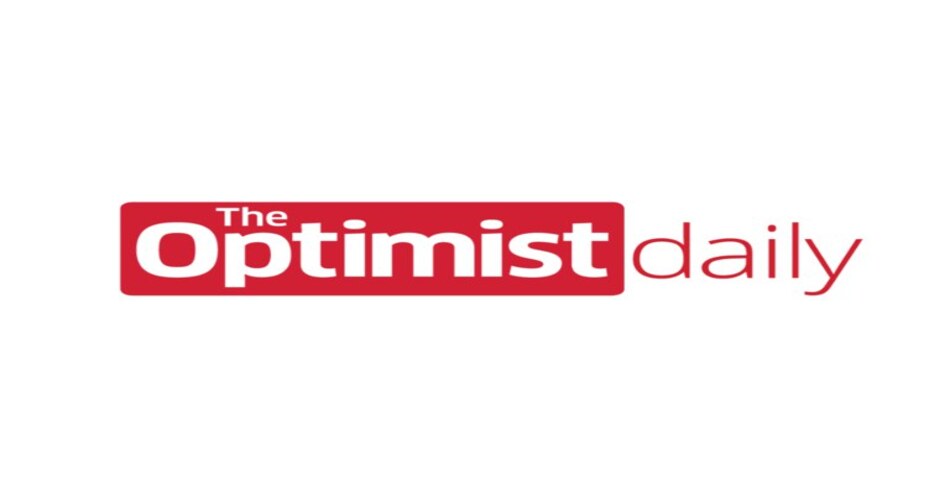As we’ve talked about on The Optimist Daily, prosthesis technology has come a long way in recent years, but the human eye has always been difficult to replicate. Now, scientists have designed a prototype for the first 3D artificial bionic eye, which could let users see better than with the real deal.
Developed by a team of scientists at Hong Kong University of Science and Technology (HKUST), the Electrochemical Eye (EC-Eye) is modeled after the human retina and, instead of using a 2D camera, the surface is studded with an array of tiny light sensors designed to mimic the photoreceptors on a human retina.
Current bionic eyes, like those from Bionic Vision Australia and Second Sight, have already been implanted in patients and show potential for restoring sight or even giving it to people who never had it in the first place. These existing models use a pair of glasses to capture imagery data, send it to an implant in the retina, and then transmit the signal to the visual centers of the brain. The cameras in the new model are actually located inside the implant, offering a much more high tech version of these original models.
Testing the EC-Eye model, it was able to capture images relatively clearly, even creating images of legible words. Although still inferior to an actual eye, researchers think that using a denser array of sensors and attaching each sensor to an individual nanowire could give the artificial eye the potential to outperform the human eye. This would include higher sensitivity to infrared for improved night vision.
The team has a ways to go, but we can definitely SEE the potential for this revolutionary technology!












